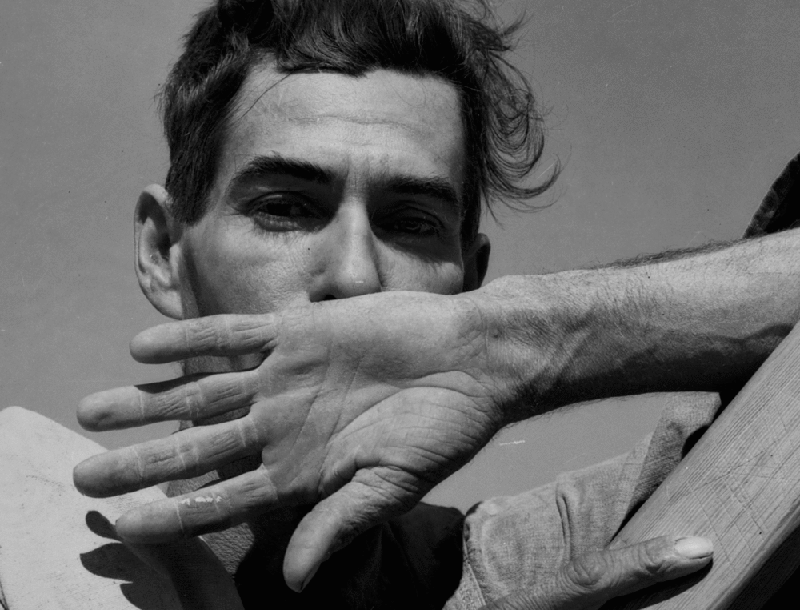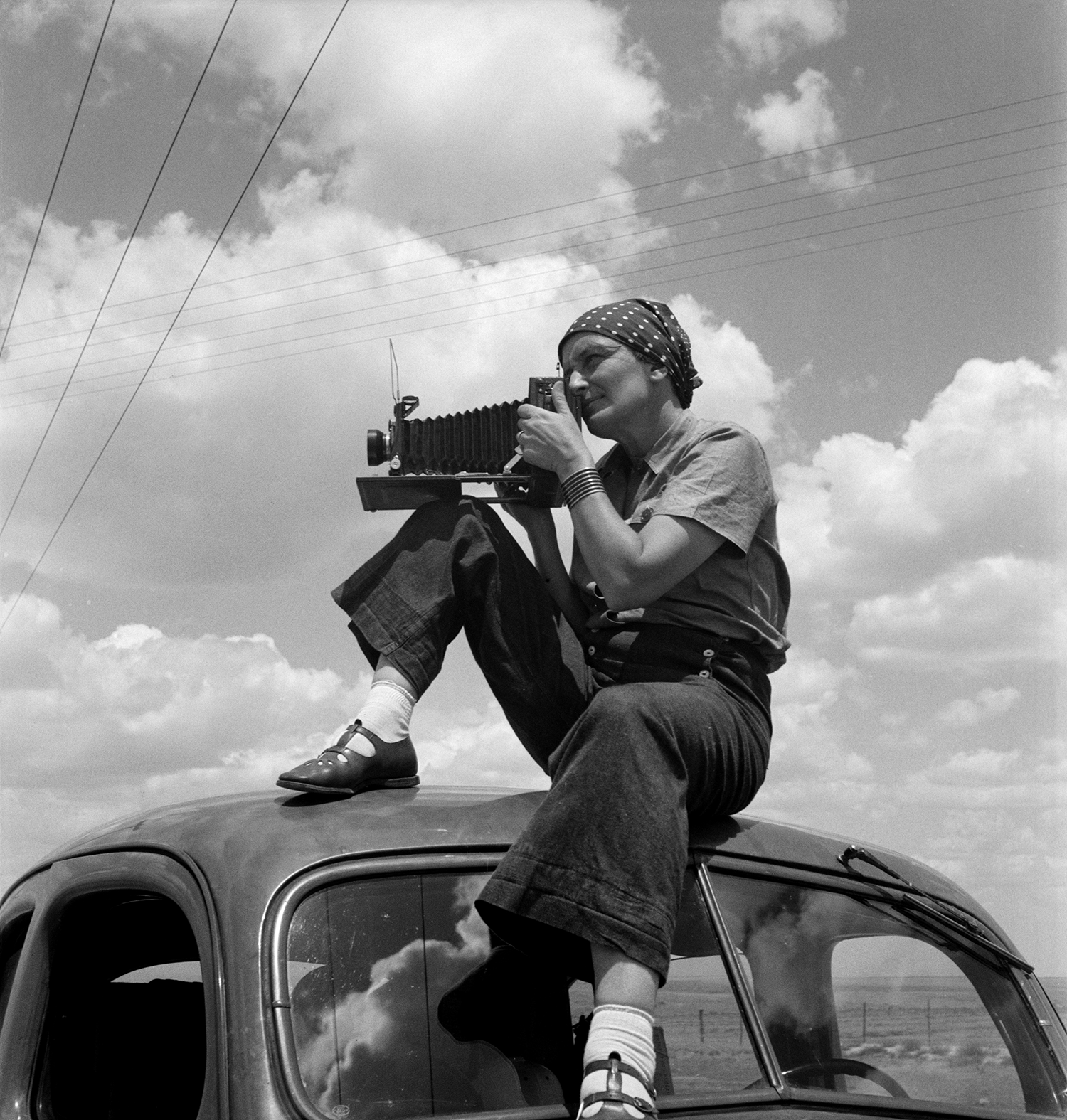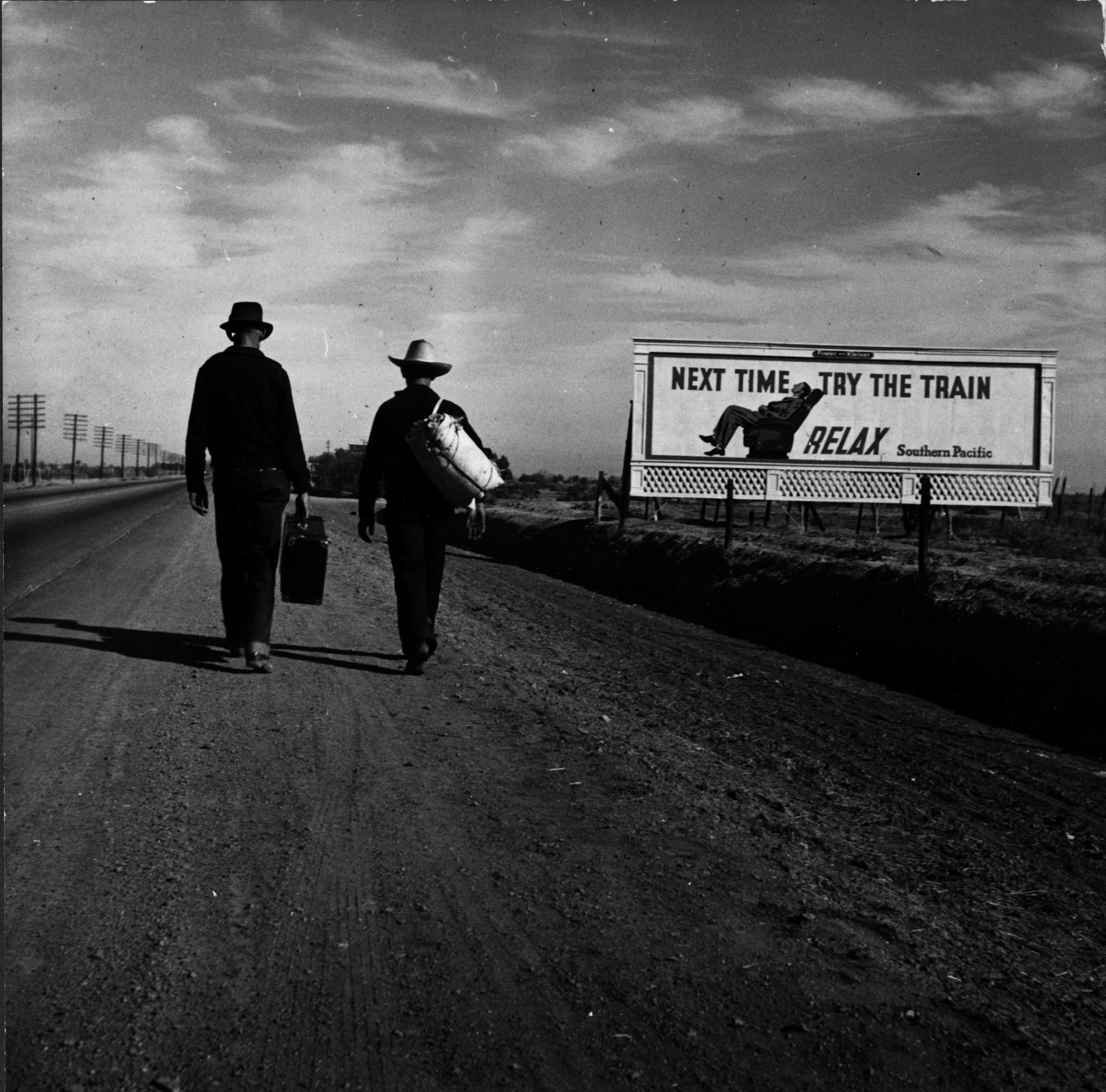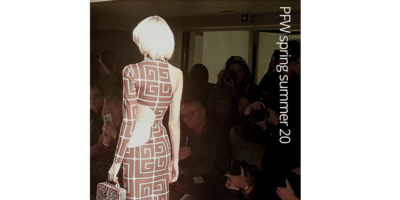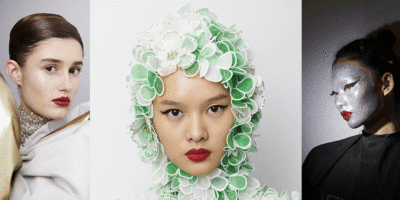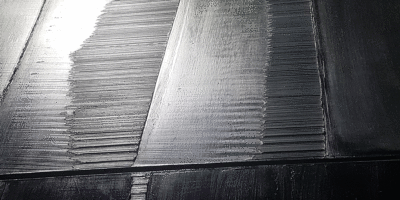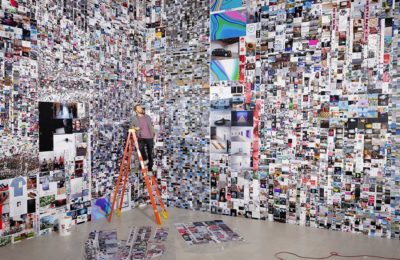Empathy may have become a fashionable word today, including in business circles, but it does remain a human value that can be cultivated by all of us anytime as a way to have humanity resist whatever the context. Dorothea Lange’s artworks perfectly illustrates the strength of timeless empathy still resonating in 2018.
By revisiting Lange’s natural and distinctive empathy transcending the constraints of commissioned works in times of American Great Depression in the 30’s, the Jeu de Paume makes Lange’s artwork as relevant as ever: the question of activism by artists today is left for us to appreciate.
“Dorothea Lange. Politics of Seeing” is presented at the Jeu de Paume until 27 January 2019. “Dorothea Lange. It highlights the “emotional strength” of the artist’s commissioned documentary photography. Five groups of works including major works, some of which are exhibited in France for the first time are showcased. Originally organized by the Oakland Museum of California – located in the city where the artist lived, worked and left her archives there -, the exhibition is the first one dedicated to the work of the American photographer in twenty years in France.
In the spotlight: her account of the migration of Americans from the Middle West to rural California (four million Americans from 1910 to 1950) during the rush to the rich states of California at the beginning of land redistribution and the intensive development of industrial agriculture. The economic crisis was caused by the drop in agricultural commodity prices and the terrible droughts known as the Dust Bowl. Poverty was then reaching an all-time high. It was in this context that the photographic work had been commissioned to nine photographers by the Farm Security Administration (FSA) from 1935 to 1941, in America during the Great Depression and the New Deal. The mission: to illustrate the effectiveness of President Roosevelt’s political and economic program. Dorothea Lange will never lose sight of the human dignity of migrants, who were then struggling with social unrest, facing extreme social and climatic difficulties, not to mention racial segregation, which she was not supposed to photograph. Not selected for the FSA’s paper, which sought to illustrate the good conditions of white migration, her photographs on racial segregation in the 1930s will nevertheless be easily published by publications managed by African Americans. Her photograph of an elderly black woman entitled “Former Slave of Long Memory, Alabama, 1938” became famous. Motivated by the widest possible dissemination of photographs showing the existence of the New Deal program, the FSA did not oppose these publications.
For five years, Lange covered twenty-two states. Finally, the nine photographers will deliver 130,000 negatives, making up the largest photographic archive ever created in the United States. Other photographic series commissioned by the War Relocation Authority will cover the Richemont shipyards (1942-1944), or the internment camps of Japanese Americans (1942), whose photographs were made public only in 2006. Indeed, Lange had been forced to sell all her rights.
TELLING LIFE STORIES: AN ACTIVIST GESTURE
She long rejected the label of “activist”. Yet, notes the curator, with her husband, she wanted these photos to contribute to change. The same goes for the label of the “artist” that she finally accepted in 1964 when MoMA decided to make Lange part of art history: she was the first female photographer to have her own personal exhibition during her lifetime at the museum. The photographer’s positioning is explained by the desire for “complete objectivity”. “I’m just here to tell the truth. I have a responsibility to tell the truth. A good documentary photographer cannot imbue his work with his own feelings and thus sabotage them,” the Commissioner quotes Lange.
However, the power of her photographs as activist documents comes primarily from the expression of her empathy towards her subjects,” continues Drew Heath Johnson. It’s something that cannot be explained, something that is felt, and that she has superbly expressed through both her work and words. Even closely followed by the agents of the War Relocation Authority during her field work, she never loose sight of her inner empathic drive.
She could instinctively say of these encounters with her photographed subjects:
“You know, I am connected to them on a personal level. All my photographs are collaborations. They result from both their thoughts and mine.”
“More than any other photographer, the expression of this empathy exempts her from the suspicion of exploiting poverty – what is called poverty porn,” says Drew Heath Johnson.
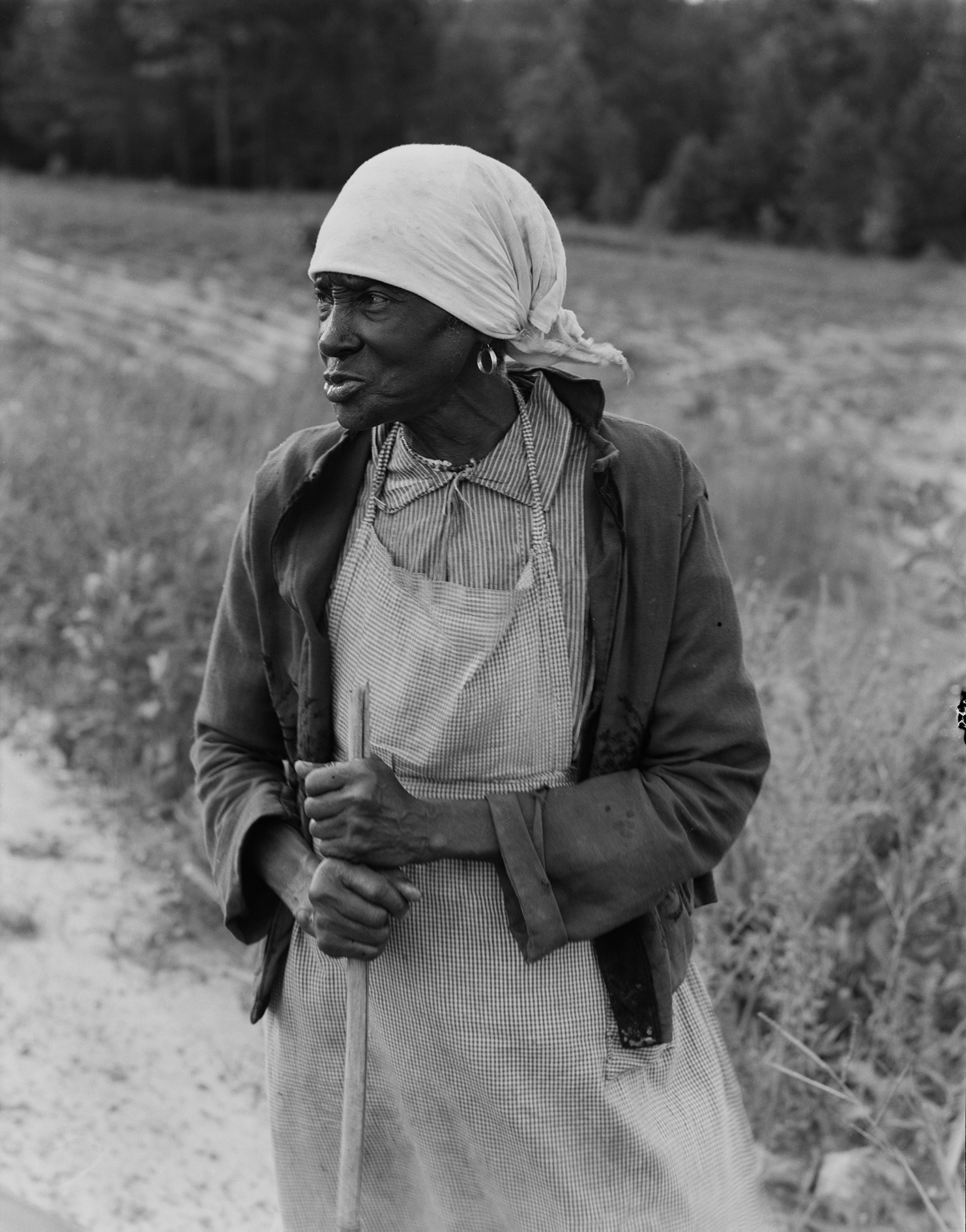
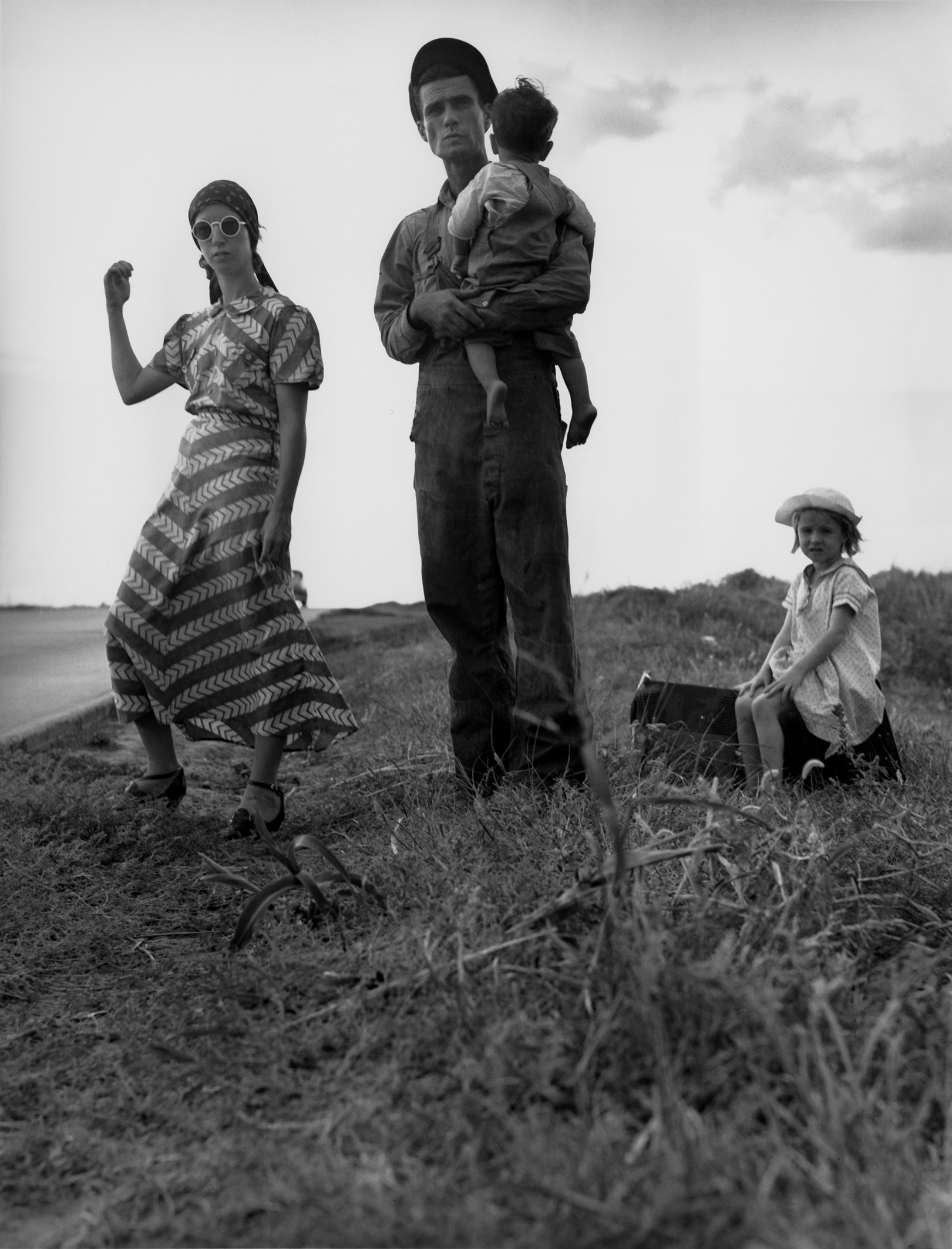
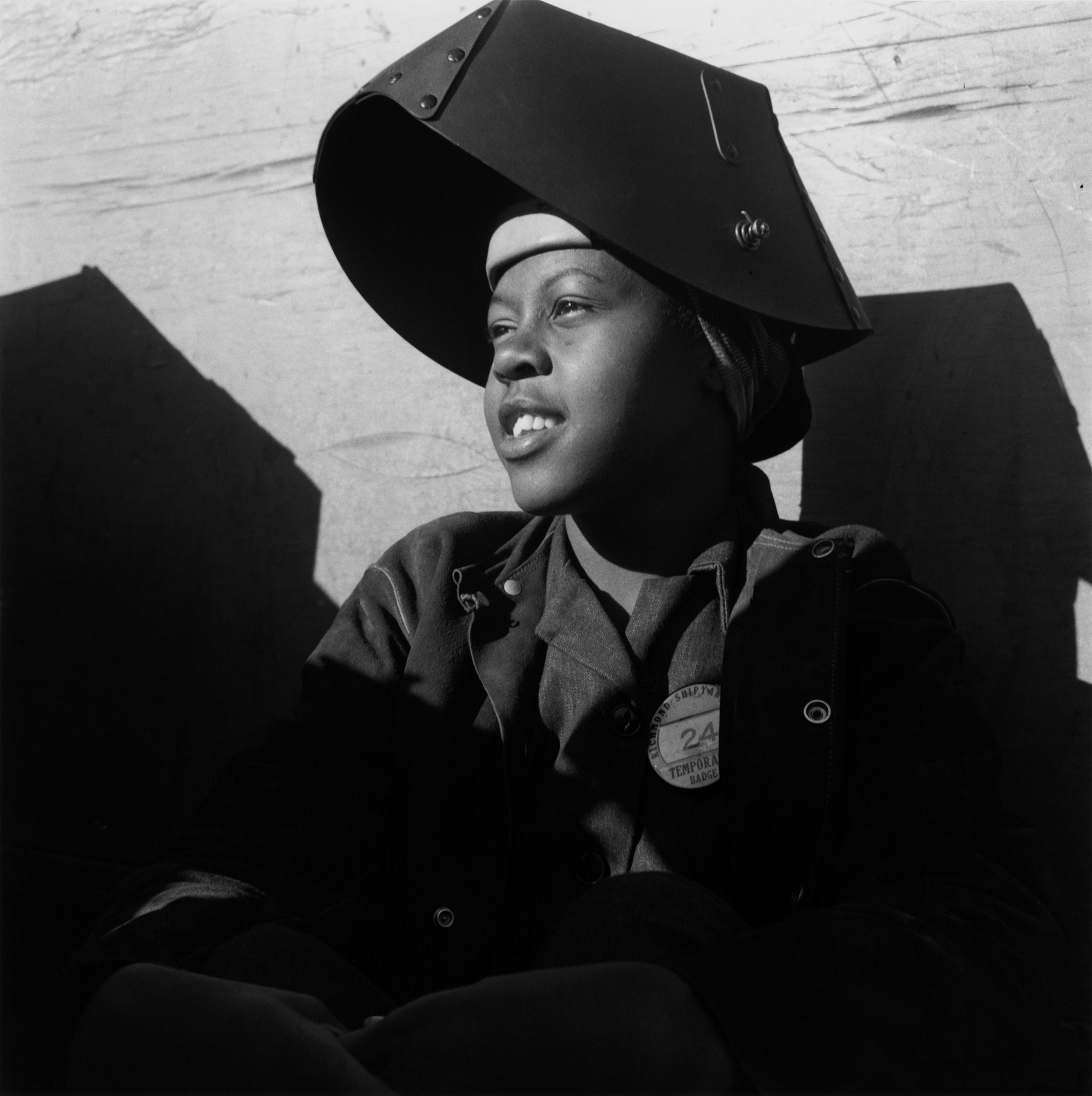
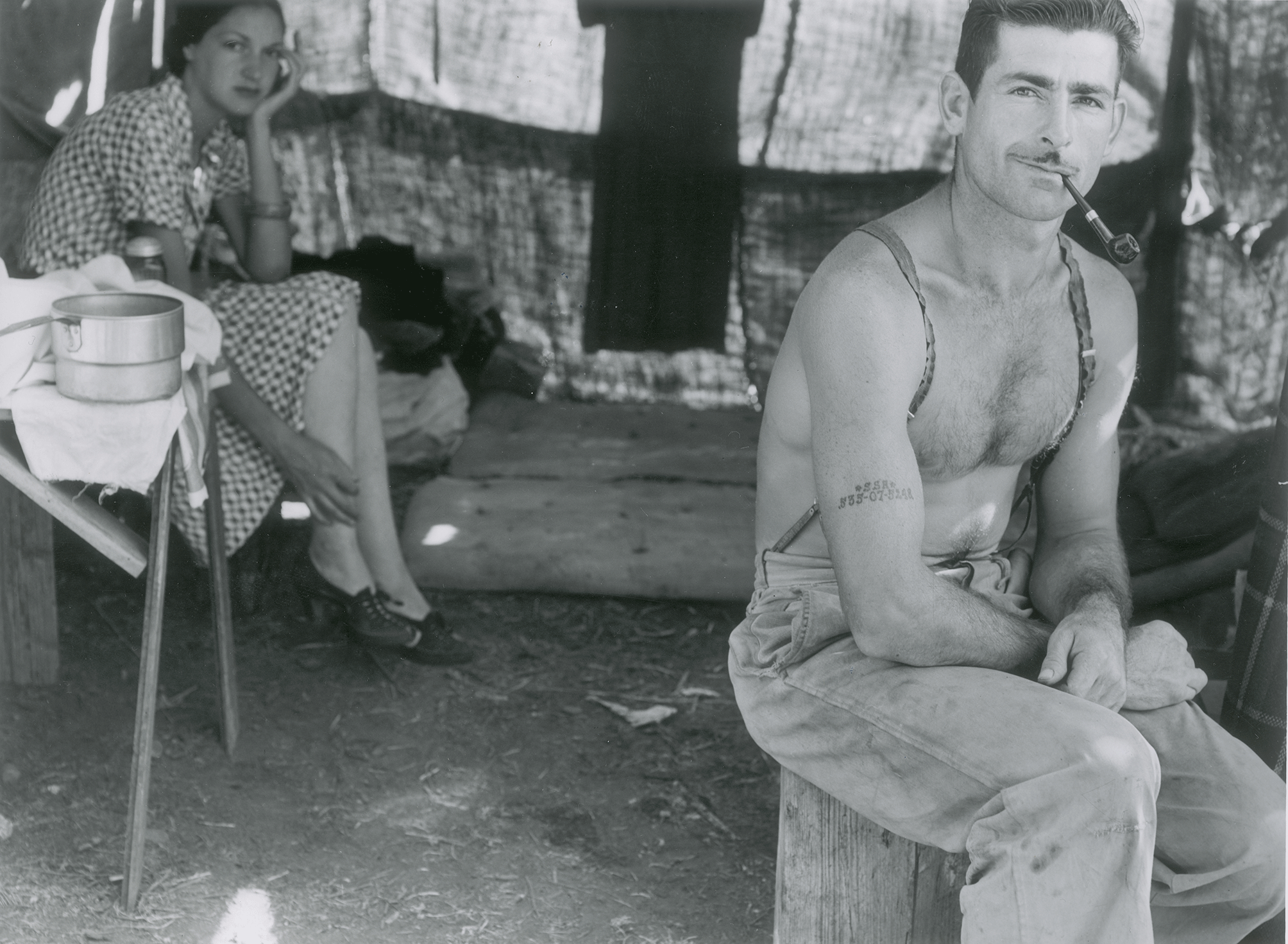
Restoring human dignity
What is the special nature of a photograph by Dorothea Lange? One of the windows aspires to answer this question with a wall of photos conceived as “a kind of parenthesis where we see very typical images of Lange”, comments curator Pia Viewing, And to emphasize: “It is a sensitivity to the body, a sensitivity to the text, to expression, to human emotion through the details of the body that express elegance, dignity, as well as a situation, a life, a relationship to the earth that I find very touching. Many photographs focus on mothers and children. She had a humanistic view of all populations. She focused on gestures. In Lange, it is the gestures that set her apart from the other photographers commissioned by the FSA. Unlike Walker Evans who liked to stay away from his subjects, Lange said she never got close enough to her subjects. Of her series on migrants, Evens said: “If documents from this turbulent era are to survive, this will most certainly be the case with Dorothea Lange’s photographs.
In 1934, her meeting with her future husband, Schuster Taylor, Professor of Economics at the University of California at Berkeley, led to a reflection on the possibility of deepening her photographic testimony. Lange decided to expand the captions of her photographs, while Taylor saw in Lange’s photographs the power of illustration complementary to his writing work as a sociologist. As a consultant for the government, he will help Lange to participate in the photographic works commissioned by the FSA. From 1941 onwards in particular, the captions of the photographs can become small stories following her encounters. She will tell about the working conditions of the migrants, the wages, the number of children, the context of the shooting, etc. Her practice aspired to testify, beyond capturing a moment. “A photograph must speak for itself, but the writing must exist in parallel with the image to contextualize the shot,” she said. The fruitful collaboration between the two companions lasted until the end of the artist’s life.
The question of commitment: what we can achieve from where we are.
Lange’s need to testify is not openly militant, nuances Pia Viewing, in the sense that “Lange is a liberal. She does not interfere in demonstrations like other photographers, for example. But her desire to raise awareness was reflected in her decision to stop portrait photography in the studio in 1932 to devote herself to the testimony of urban poverty she could observe in the streets, below her home, in San Franscisco in the 1930s. As early as 1934, gallery owner and art critic Willard Van Dyke, who exhibited her first social documentary work – not commissioned-, said of this series that she wanted “to show posterity the mixture of futility and hope, heroism and stupidity, greatness and banality that are concomitant with the struggle of human beings to move forward”: what constitutes the life of the human being both yesterday and today. Her documentary photography has thus survived through the ages, so has her empathic aestheticism. During her lifetime, her photographs had made the FSA aware of the power of photography as a tool for activism so much so that the agency would subsequently develop its policy to support rural migrants.
Following in the footsteps of the artist committed to empathy to guide her art in spite of constraints, Its raises the question for each of us to chart our own course whatever the vocations, contexts and constraints. What choices do we have to make between our conscience and opportunities, between what we would like to do and what we could do? Of course, Lange’s empathic account of the lives of American migrants in the 1930s tragically resonates in 2018. The topic echoes to the hot issue of migrants. “With this exhibition, we really wanted visitors to make the connection with today’s events, and it may be hard to believe but we were worried that this connection would not happen. However, at the Oakland Museum of California, we had to provide tissues in the museum’s galleries because visitors were getting emotional. It is obvious that visitors instantly made the link with the news. »
That is why it is time to look beyond the iconic photograph “Migrant Mother, Nipomo, California”, 1936, with which Dorothea Lange’s name remains associated. Ironically, this photograph was taken at the very end of a very long photographic journey, a little quickly by Lange, exhausted at the time. The photograph reflects so little of Lange’s constant attention to her photographed subjects. From her work, let us rather remember a force of soul: the humanist path traced since 1932 by a woman photographer inspired, she said beautifully, by “the people whom [her] life has touched”.
Exhibition « DOROTHEA LANGE. POLITICS OF THE SEEING »
Until January 27th 2019
http://www.jeudepaume.org/

